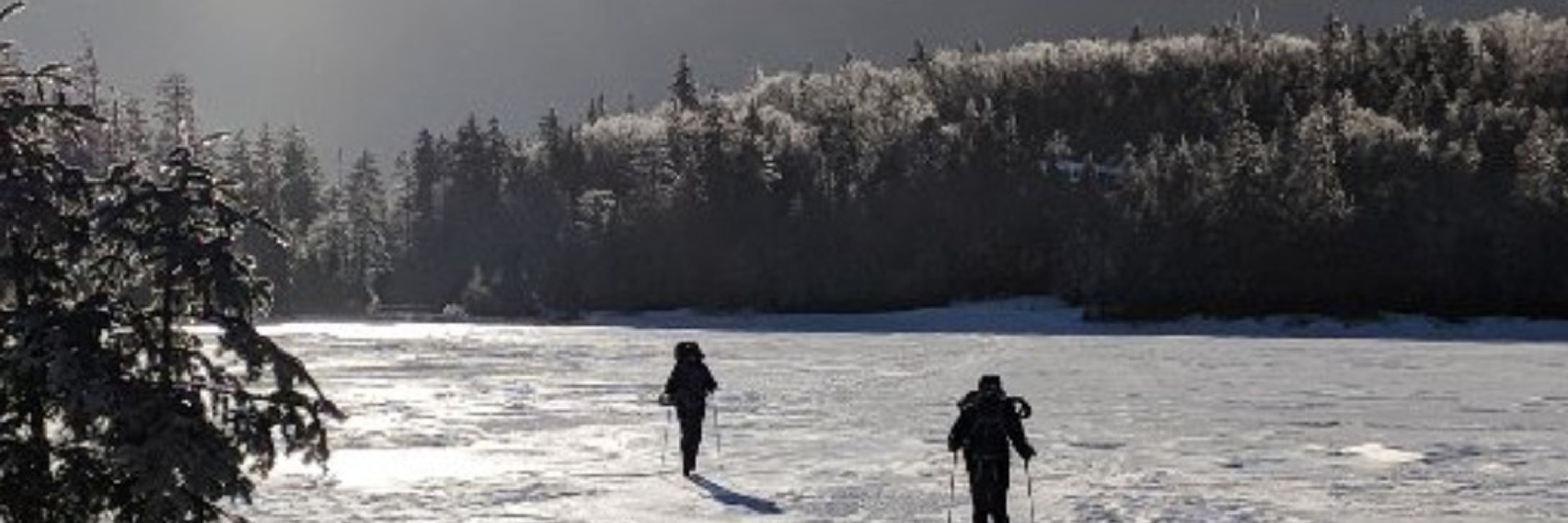




Fractional vegetation cover (tree shrub herb bare), 1985-2021, at 30 m resolution: <a href="http://doi.org/10.7910/DVN/KMBYYM." class="hover:underline text-blue-600 dark:text-sky-400 no-card-link" target="_blank" rel="noopener" data-link="bsky">http://doi.org/10.7910/DVN/KMBYYM.
Disturbance type, also 1985-2021 and 30 m resolution: <a href="http://doi.org/10.7910/DVN/CVTNLY..." class="hover:underline text-blue-600 dark:text-sky-400 no-card-link" target="_blank" rel="noopener" data-link="bsky">http://doi.org/10.7910/DVN/CVTNLY...
Fractional vegetation cover (tree shrub herb bare), 1985-2021, at 30 m resolution: <a href="http://doi.org/10.7910/DVN/KMBYYM." class="hover:underline text-blue-600 dark:text-sky-400 no-card-link" target="_blank" rel="noopener" data-link="bsky">http://doi.org/10.7910/DVN/KMBYYM.
Disturbance type, also 1985-2021 and 30 m resolution: <a href="http://doi.org/10.7910/DVN/CVTNLY..." class="hover:underline text-blue-600 dark:text-sky-400 no-card-link" target="_blank" rel="noopener" data-link="bsky">http://doi.org/10.7910/DVN/CVTNLY...

